
The Keeshond comes in other names that include Keeshonden, Wolfspitz or Chien
Loup. It is a medium-sized dog whose physical features make it look like it’s
a toy wolf and a small lion combined. This huggable small dog has lion-like
tresses in its neck, shoulders, and chest (if a male) and a face with fox-like
expression. Having a double coat, its outercoat is lavish and striking in color
(shades of cream and gray with black tips) and in appearance (standing away
from the body as if it has just been newly washed then combed); its undercoat,
short, thick, and in pale or gray colors. It has “trousers” in
its legs, or its characteristic heavy coat on these areas. It has oblique eyes
in deep reddish-brown color, erect triangle-shaped ears, and medium-length
plumed tail. Another Keeshond distinction is its spectacles, which give out
the expression. Spectacles are actually delicate dark lines slanting from the
corner of the eyes towards the ears, giving the dog shadings in its orbital
area.
Life Expectancy:
12 to 15 years
Energy Level:
Higher than average..
Living Conditions:
Needs yard; not for hot climates.
Barking:
Average
Exercise Needs:
Long daily run or very active yard play.
Breed Group:
Non-Sporting
Size:
Medium
Height:
17 to 19 inches
Weight:
50 to 60 pounds
Standard Hair Colors:
Cream, gray to dark gray and black with gray markings.
National breed club:
Keeshond Club of America
Originating from the Arctic, the Keeshond breed began as early as the 18th century. Then it became the symbol of the common and middle-class Dutchmen during the French Revolution. Over the years, they were used to guard canal boats thus it was called the Dutch Barge Dog.
This handsome breed is a family favorite, being an out-going companion and great with kids. It is lively, alert, and intelligent. As s household member, it is affectionate, friendly, and on the go for family affairs. With other pets, it is tolerable or timid (if not socialized as a pup). Its common trait is spinning in circles, which it does when delighted. In fact, this breed can be trained to perform. Aside from these, the Keeshond is also a great watchdog, for it is generous in giving warning barks.
The Keeshond demands average workout. An hour-long run in an open field once a day should suffice, since it is active even when indoors.
This house pet is fine living in an apartment that has a medium-sized yard where it can run, spin, and be lively. It should be noted that due to their thick coats, this breed adapts well to cool climates and will be uncomfortable in hot zones.
Use a stiff, bristle brush over its thick coat daily. Bathe when necessary, just as a precaution against ticks, fleas, and other potential skin problems. This breed sheds twice a year.
The Keeshond can be susceptible to hip dysplasia and heart disease. Due to its heavy coat, it can also be prone to skin problems. In addition, it has a strong tendency to gain weight easily and should be controlled from becoming overweight.
...because it is so fluffy and soft, a Pomeranian will suit your preference. The Pomeranian is even smaller (lower and thinner), thus making it more huggable. Although the Pomeranian may lack Keeshond’s spinning, it nevertheless is a good companion dog with remarkable intelligence. Other fluffy breeds that have similar features and personality traits as the Keeshond include the Samoyed, Chow Chow, and Elkhound; all of which are bigger breeds. The Elkhound, in particular, has the coloring similar to Keeshond and is only slightly bigger.
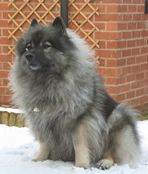
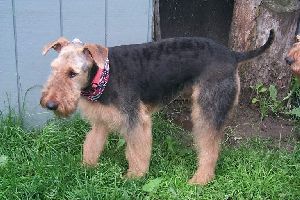 Airedale
Airedale
Airedale
Airedale
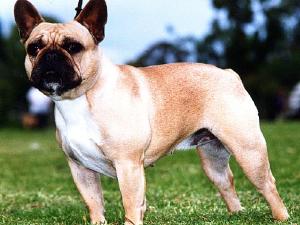 French Bulldog
French Bulldog
French Bulldog
French Bulldog
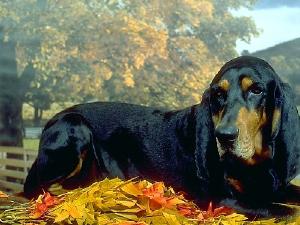 Black and Tan Coonhound
Black and Tan
Black and Tan Coonhound
Black and Tan
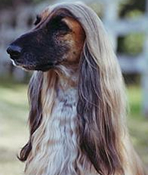 Afghan Hounds: A guide to dogs and puppies of the Afghan Hound breed
The Afghan Hound!
Known for its aristocratic bearing, the A
Afghan Hounds: A guide to dogs and puppies of the Afghan Hound breed
The Afghan Hound!
Known for its aristocratic bearing, the A
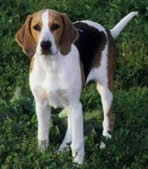 English Foxhounds: A guide to dogs and puppies of the English Foxhound breed
The English Foxhound!
The English Foxhound is a solid well-
English Foxhounds: A guide to dogs and puppies of the English Foxhound breed
The English Foxhound!
The English Foxhound is a solid well-
Copyright © 2005-2016 Pet Information All Rights Reserved
Contact us: www162date@outlook.com